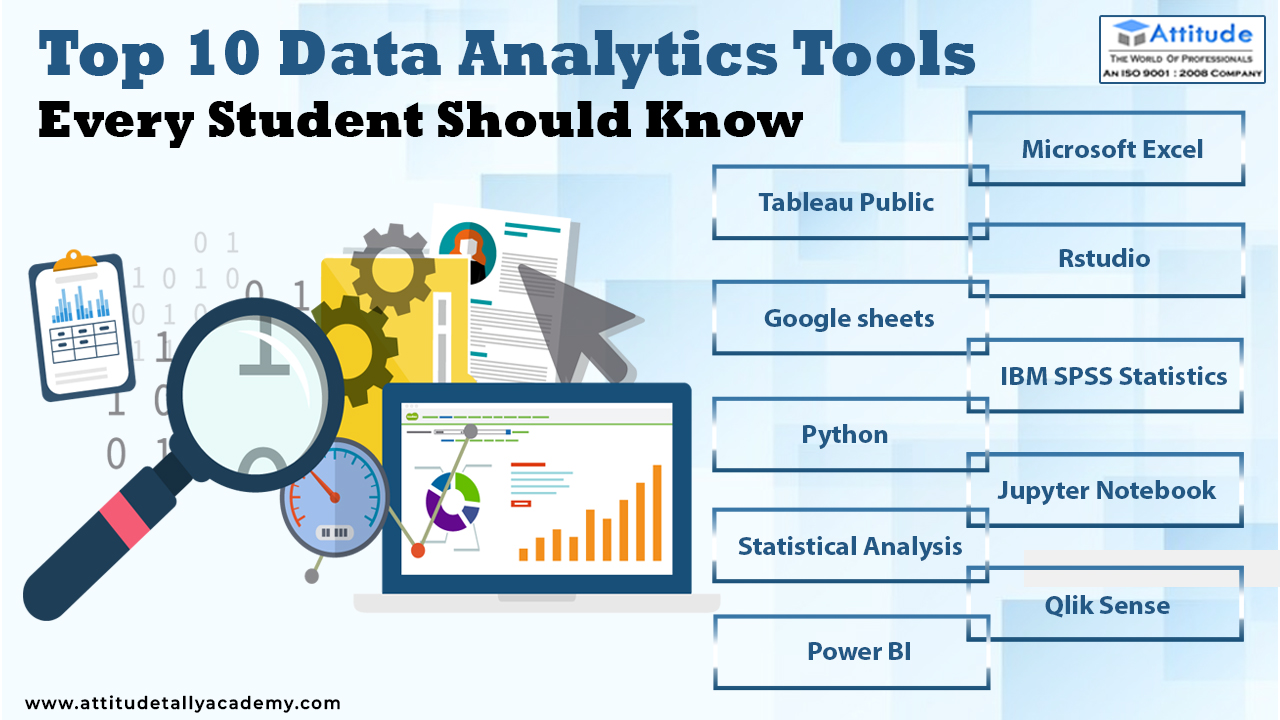Improve ROI and Efficiency Through Strategic Analytics Preparation
Improve ROI and Efficiency Through Strategic Analytics Preparation
Blog Article
Increase Efficiency and Profitability With Data Analytics
In today's data-driven landscape, services are increasingly identifying the critical duty of information analytics in enhancing operational efficiency and earnings. By methodically analyzing data, companies can reveal critical insights that notify strategic decisions, simplify processes, and tailor client experiences.
Understanding Data Analytics
In today's data-driven landscape, recognizing data analytics is essential for companies intending to enhance functional effectiveness and drive productivity. Data analytics involves the organized computational evaluation of data collections to uncover patterns, relationships, and understandings that notify decision-making. By using different methods, such as analytical evaluation, artificial intelligence, and predictive modeling, organizations can transform raw data into workable knowledge.
The process usually starts with information collection, where relevant information is gathered from several resources, consisting of transactional data sources, consumer interactions, and market patterns. This data is then cleansed and organized to ensure accuracy and consistency. When the data is prepared, analytical devices and software are made use of to envision the info and check out, making it possible for stakeholders to recognize abnormalities and fads.
Ultimately, understanding data analytics encourages organizations to make informed choices based on empirical proof instead than instinct. It promotes targeted approaches that can optimize source appropriation, boost consumer contentment, and boost overall efficiency. As companies increasingly identify the worth of data-driven insights, a strong understanding of information analytics becomes a vital proficiency for leaders and teams alike, placing them for continual success in an affordable atmosphere.

Secret Benefits for Services
Organizations that utilize data analytics can open a wide variety of advantages that dramatically improve their procedures and success. Among the main advantages is enhanced decision-making. Data analytics supplies workable understandings stemmed from real-time data, permitting services to make informed options that line up with market needs and consumer preferences.

Additionally, data analytics promotes improved consumer experiences. By recognizing consumer actions and preferences, services can tailor their offerings, resulting in boosted satisfaction and loyalty. This individualized strategy commonly causes greater conversion rates and repeat service.
Furthermore, information analytics makes it possible for organizations to identify emerging trends and opportunities. By remaining in advance of the contour, companies can maximize brand-new markets and advancements prior to their rivals.
Applying Data-Driven Techniques
Successful application of data-driven approaches calls for a comprehensive understanding of both available data and business goals resources. Organizations must initially define their goals clearly, ensuring placement in between data initiatives and critical goals. This clearness enables teams to concentrate on relevant metrics and understandings that drive decision-making.
Premium information is crucial for accurate evaluation, as bad data can lead to illinformed techniques and lost resources - Analytics. Organizations has to establish processes for data collection, cleansing, and monitoring to preserve information integrity.
Furthermore, fostering a data-driven culture is critical. Workers at all levels must be encouraged to take advantage of information in their day-to-day procedures. Training workshops and programs can boost information literacy, equipping personnel to make educated choices based on analytical understandings.
Devices and Technologies Overview
A robust suite of tools and modern technologies is crucial for organizations intending to harness the complete potential of data analytics. These tools assist in the collection, handling, and visualization of information, enabling businesses to derive actionable understandings.
At the foundational level, data management platforms such as SQL databases and NoSQL systems provide effective information storage space and retrieval capabilities. For data processing and analysis, shows languages like Python and R, in addition to my site structures such as Apache Glow, make it possible for complicated estimations and equipment understanding applications.
Visualization devices, including Tableau and Power BI, transform raw data right into user-friendly visual layouts, making understandings available to stakeholders in any way levels. In addition, cloud-based systems like Google Cloud and AWS provide scalable storage and processing remedies, suiting the growing quantities of information companies come across.
For sophisticated analytics, predictive modeling and AI-driven options are increasingly adopted, permitting firms to forecast trends and improve decision-making processes. Incorporating these devices into existing operations is critical; companies that effectively take advantage of this technology can significantly boost operational performance and drive success. Hence, investing in the right tools and modern technologies is a calculated crucial for any data-driven organization.
Study of Success
Leveraging information analytics has actually led numerous organizations to achieve impressive improvements in effectiveness and earnings. her explanation One notable situation is a big retail chain that applied anticipating analytics to optimize inventory monitoring. By evaluating historical sales data and client trends, the business reduced excess stock by 30%, bring about considerable price financial savings and boosted capital.
Another example can be found in the manufacturing market, where a leading auto manufacturer made use of data analytics to boost its production procedures. By checking maker efficiency in real-time, the organization identified inefficiencies and bottlenecks, leading to a 20% increase in overall tools effectiveness (OEE) This not only boosted production rates but additionally minimized downtime and upkeep prices.

These situation researches show how information analytics can drive calculated decision-making, enhance procedures, and ultimately enhance both efficiency and productivity throughout numerous fields.
Verdict
In verdict, the integration of information analytics right into service operations provides significant possibilities for improving efficiency and profitability. By methodically evaluating data, organizations can identify inadequacies, enhance client experiences, and make educated choices.
In today's data-driven landscape, comprehending hop over to here information analytics is necessary for organizations aiming to improve operational performance and drive productivity. Data analytics entails the methodical computational evaluation of data collections to uncover patterns, correlations, and understandings that inform decision-making. Information analytics provides workable understandings acquired from real-time information, permitting organizations to make educated choices that line up with market demands and customer choices.
High-grade information is essential for exact analysis, as poor data can lead to misdirected approaches and lost sources. Organizations has to develop procedures for information collection, cleaning, and monitoring to maintain information stability.
Report this page